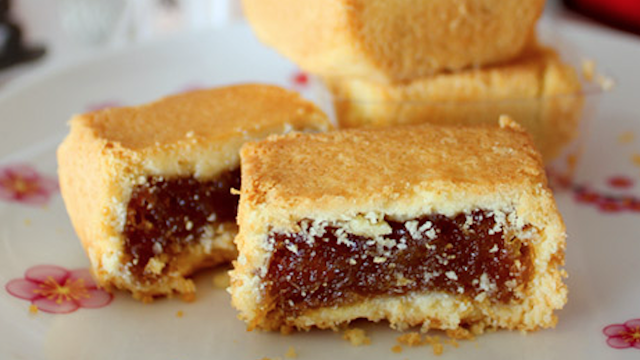The due day is coming up soon (in 2 weeks). My mother-in-law is becoming more and more annoying, trying to convince me to stay home only... But my husband and I enjoy going out anywhere. Well, staying under one roof is pretty tough...
This time we came to Changhua to see the Baguashan Buddha. From Baguashan, you can also get a view of Changhua City. Parking there is free, and you can also find some food stalls around, usually selling sausages and eggs, even ostrich eggs.
Baguashan Buddha (八卦山大佛)
The Great Buddha is built on a hill 74 meters above sea level. The Gautama Buddha sits on a 4-meter-tall lotus seat, and the overall height is 24 meters. This statue used to be one of the biggest in Asia upon its completion in 1961. The sculpture is separated into 6 floors that visitors can climb. Inside, you will see many sculptures telling the story of Buddha.
The Great Buddha Temple behind the statue was built in 1972 and is made in the style of an ornate palace. It combines Buddhist, Taoist, and Confucian beliefs, which is very rare. The first floor is dedicated to the greatest sage and teacher, Confucius. On the second floor, the Taoist God of War, Guan Yu, takes his place. Buddhism sits on the third floor with its primary deity, Gautama Buddha.
You can also try to lift Guan Yu's weapon, which weighs 64 kg.
On both sides of the temple, 9-floor pagodas were built, which serve as columbaria.
Baguashan was used for military purposes for a long time. The biggest battle in Taiwan's history also took place here. The battle was fought in 1895 but ended with a Japanese victory. Taiwan fought with only 5,000 men, many of whom were new recruits from Changhua, while the Japanese army had 15,000 soldiers.
Originally, a pavilion was built here, but it became destroyed during the war. During the Jiaqing Period, the pavilion was renovated, and a village was built here. In 1914, the Japanese completely destroyed the village, leaving only one wall standing.
See also: Changhua Shell Temple































































